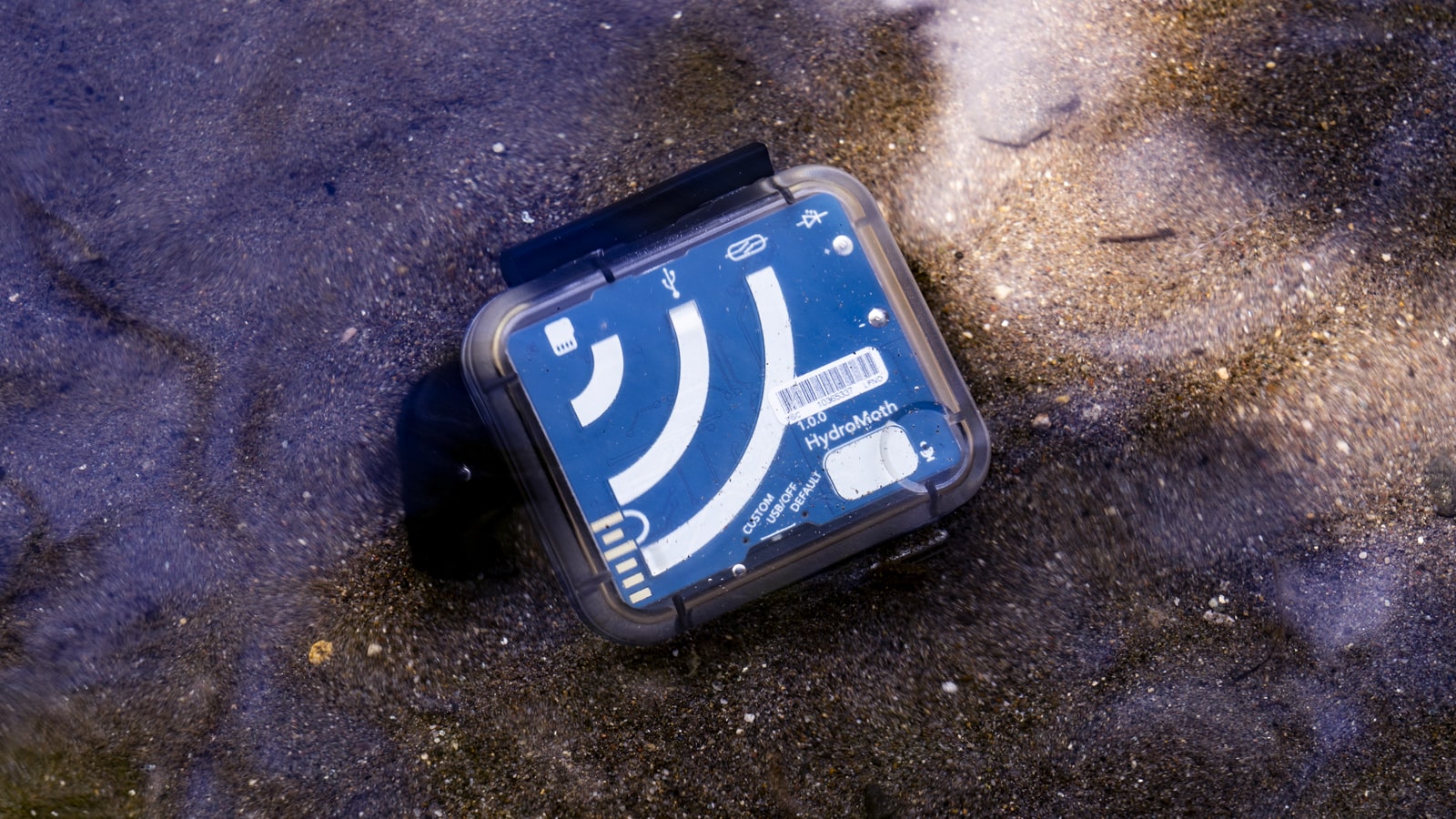Open Acoustic Devices
HydroMoth with Underwater Case
HydroMoth with Underwater Case
SKU: SKU:HYDROMOTH-110, AM-C-UW
Couldn't load pickup availability
Only 216 left in stock!
HydroMoth offers everything needed to start recording underwater sound for extended periods of time at depths of 30-60m. HydroMoth hardware is directly compatible with all AudioMoth firmware, meaning you can use the device in any number of underwater applications, from scheduled recording in coral reefs, to triggering recordings by amplitude or frequency in freshwater ponds. HydroMoth has improved LED visibility and more accurate time keeping for long deployments. It also has an in-built magnetic reed switch, which enables recordings to be started and stopped in wet conditions without opening the case. HydroMoth is sold with the AudioMoth Underwater Case as standard, with the option to add a waterproof magnetic key chain fob to make use of the magnetic reed switch.
Included in kit
- HydroMoth 1.0.1
- AudioMoth Underwater Case

Features
- EFM32 Gecko processor
- Capable of recording uncompressed audio to micro SD from 8k to 384k samples/second
- Records uncompressed WAV files to SD card
- Powered by 3 x AA batteries
- Analog MEMS microphone acts as contact hydrophone
- Analog pre-amplifier with adjustable gain
- Configurable USB interface
- Onboard real-time clock keeps track of time in UTC
- Improved 32.768 kHz MEMS oscillator to reduce clock drift
- Tested to a depth of 30m for 2 months
Applications
- Boat noise monitoring
- Freshwater sound surveys
- Coral reef soundscape monitoring
- Cetacean underwater acoustic studies
AudioMoth vs. HydroMoth
| AudioMoth | HydroMoth | Notes | |
| Conformal Coating | No | Yes | Decreases the chance of water damage |
| Magnetic Switch | No | Yes | Enables recordings to be started and stopped in wet conditions without opening the case. |
| Clock | Standard | Improved 32.768 kHz MEMS oscillator to reduce clock drift | |
| Status LED Location | Standard Location | In the corner for improved visibility in clear case | |
| External Microphone Compatibility | Exposed Headers for Optional 3.5mm jack | No | Exposed headers on AudioMoth 1.2.0 onwards |
| GPIO Pads | Yes | No | |
| Underwater Recordings | Yes (not recommended) if used with Clear Underwater Case | Yes if used with Clear Underwater Case | |
| Terrestrial Recordings | Yes | Yes (not using clear underwater case) | Without a case or using the green AudioMoth case |
| Sample Rate | Up to 384kHz | Up to 384kHz | HydroMoth frequency response inside the underwater case will be attenuated above 40k |
| Power | 3 x AA Batteries | 3 x AA Batteries | |
| AudioMoth Software | Fully Compatible | Fully Compatible |
How Other Scientists, Ecologists, (& Basically Cool People) Have Used the HydroMoth:
@RobinSandfort: 20 minutes from post box to pond. Our first dedicated #hydromoth arrived. Can‘t wait for some underwater #bioacoustics. Show us your freshwater hydromoth sites! #capreolus

@and1hill: Very exciting! My first #HydroMoth recording of dolphins off the coast of Exmouth. Recorded at 250kHz and downsampled to 32kHz to improve SNR @OpenAcoustics
@900hz: #HydroMoth listening and an Egret looking in this tidal pool full of life
Important Notes
- International Duties and Taxes are not included, you may be required to pay these before delivery.
- Once your order is shipped you will receive an automatic email with your tracking information.
- Hydromoth HTSUS 8519.81.25.00, Country of Origin USA, ECCN EAR99
About Open Acoustic Devices

Open Acoustic Devices designs, supports, and deploys open-source acoustic hardware and software for our user community, as well as our own environmental and wildlife monitoring projects.
Their main product is AudioMoth, a low-cost, open-source acoustic monitoring device which has been used in multiple applications, including automating the search for an elusive insect species, monitoring poaching by gunshot and listening for ultrasonic bat calls.
Their goal is to improve the accessibility and usability of acoustic technology for conservation using open-science.












